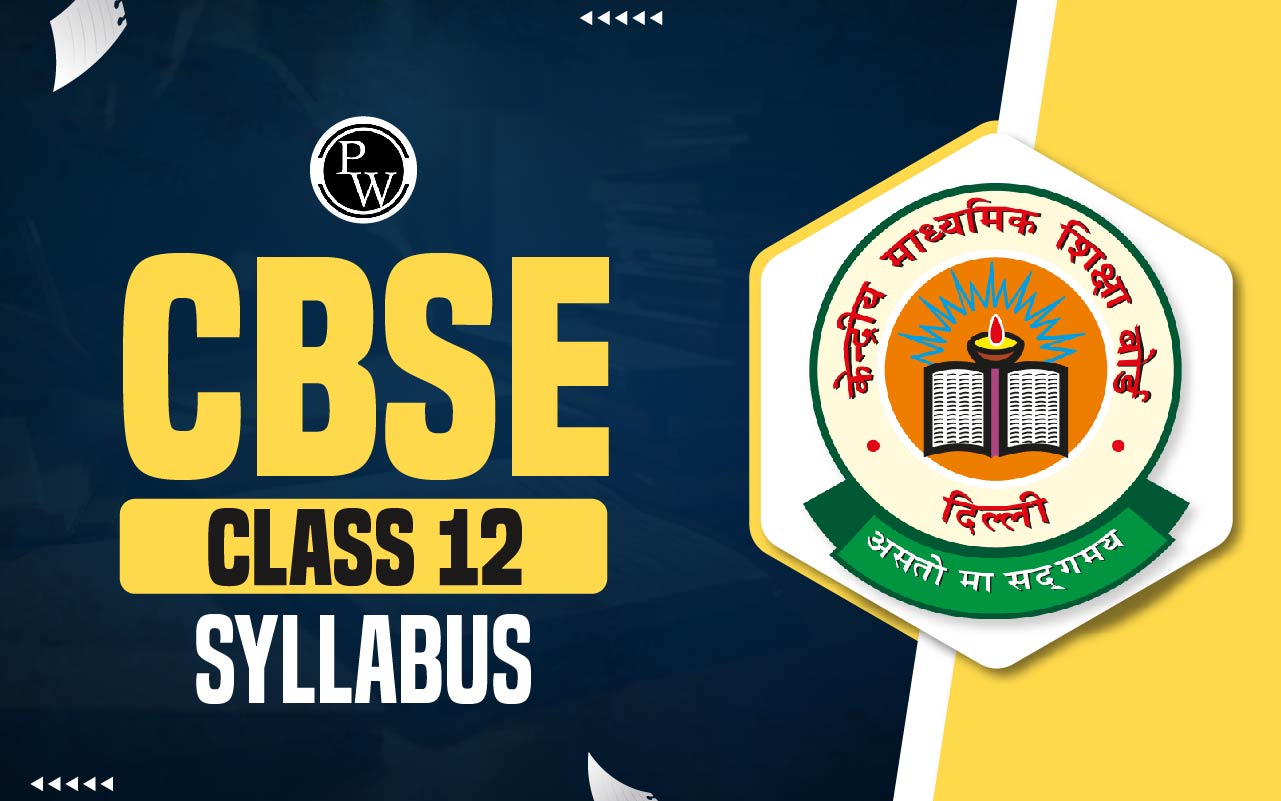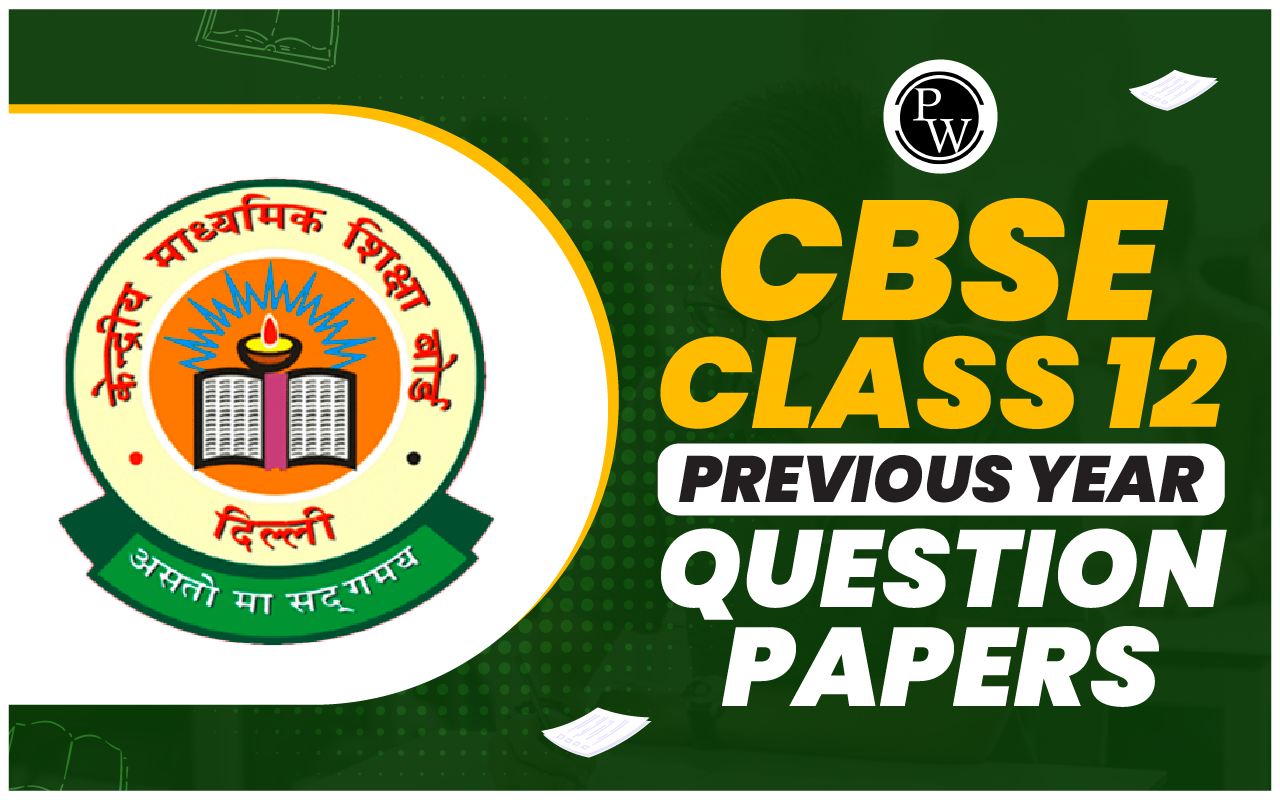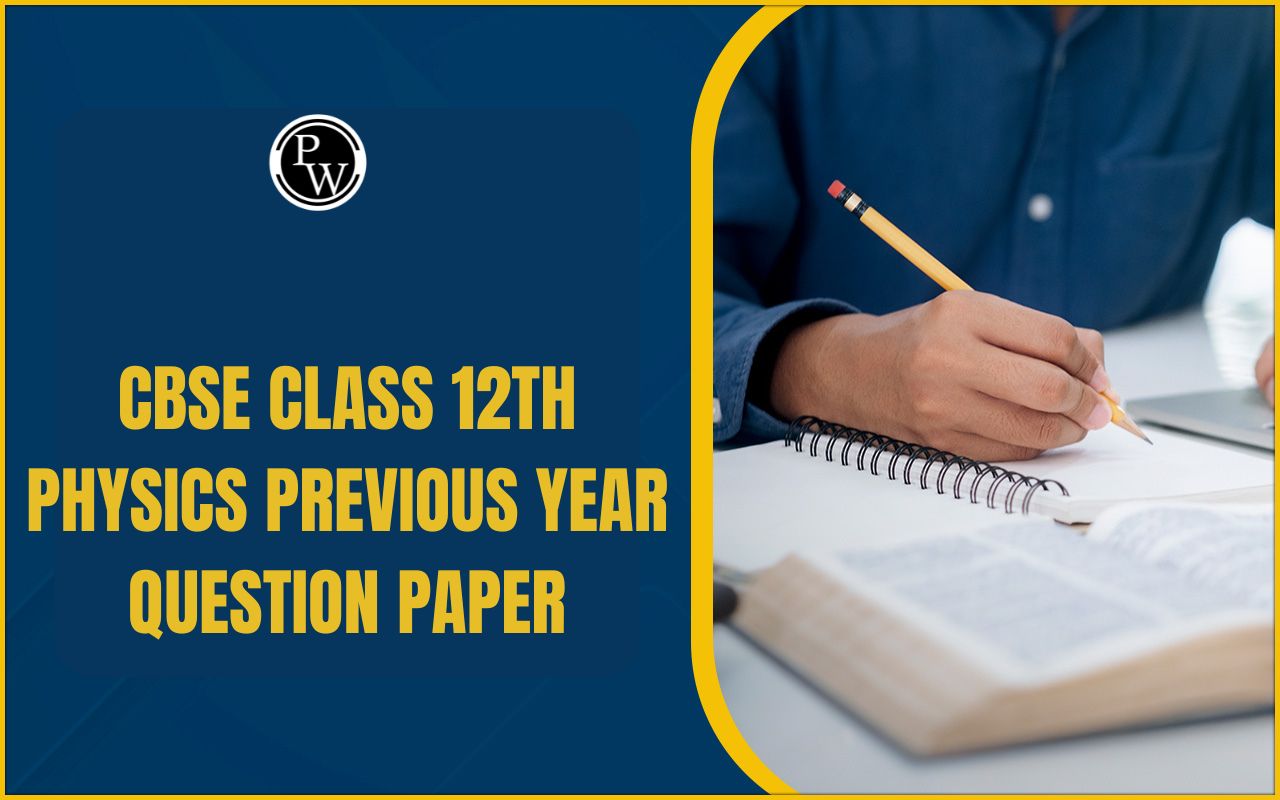
CBSE Class 12 Physics Notes Chapter 3: CBSE Class 12 Physics Notes for Chapter 3 Current Electricity provides a detailed overview of the fundamental concepts related to electric current and the principles governing its flow through conductors.
This chapter covers important topics such as Ohm's Law, which explains the relationship between voltage, current, and resistance in a circuit. It also includes the concepts of resistivity, conductivity, and the temperature dependence of resistance. These notes are designed to help students understand the intricacies of current electricity, preparing them for both theoretical and practical aspects of the subject.CBSE Class 12 Physics Notes Chapter 3 Current Electricity Overview
CBSE Class 12 Physics Notes for Chapter 3 Current Electricity have been prepared by subject experts of Physics Wallah. These notes cover the basics of electric current, Ohm's Law, resistivity, and conductivity, as well as how temperature affects resistance. They also explain how resistors work in series and parallel, and how to use Kirchhoff's laws to solve complex circuits. These notes are designed to make difficult topics easier to understand, making them a valuable resource for students learning about current electricity.CBSE Class 12 Physics Notes Chapter 3 PDF
CBSE Class 12 Physics Notes for Chapter 3 Current Electricity are available for download in PDF format through the link provided below. These notes are designed to help students grasp key concepts such as electric current, Ohm's Law, and circuit analysis. With clear explanations and practical examples these notes are a great resource for thorough preparation. Download the PDF to access detailed explanations and enhance your understanding of current electricity.CBSE Class 12 Physics Notes Chapter 3 Current Electricity PDF
CBSE Class 12 Physics Notes Chapter 3 Current Electricity
Here are important notes for Class 12 students on CBSE Physics Chapter 3 Current Electricity. This chapter explains the basics of electric current which is the flow of electric charge through a conductor. It also covers current carriers like electrons in metals and ions in solutions that move to create the current. The chapter talks about drift velocity which is the average speed of these carriers when an electric field is applied. You’ll also learn about Ohm's Law, Kirchhoff’s Rules and how resistors work in circuits. These notes are helpful for understanding how electricity flows in circuits.Current electricity
Current electricity is a branch of physics that focuses on the movement of electric charges, which is essentially the flow of electrons in a dynamic state. In everyday life, current electricity plays a crucial role in various applications. For instance, a bulb lights up when electric charges pass through its filament, and a computer powers on only when charges flow through its circuits. All electrical devices, including battery-operated ones like torches, function by connecting to a circuit or activating an internal circuit. The Class 12 notes on Current Electricity cover important topics such as these to provide a comprehensive understanding of how current electricity operates in practical scenarios.Electric Current
Electric current is the flow of electric charge through a conductor. In most cases, this charge is carried by electrons moving through a wire or other conductive material. The amount of electric charge that flows through a conductor per unit time is defined as the current which is represented by the symbol II .
It is important to note that electric current is considered a scalar quantity . Even though it has a direction (from positive to negative terminal), it is not a vector because it does not follow the rules of vector addition.Current Carriers
Current carriers are the charged particles that move through a conductor to create an electric current. Depending on the type of material (solid, liquid, or gas), the nature of these current carriers can vary:
In Solids :
- The most common current carriers in solids, especially metals, are electrons . In metallic conductors, free electrons move through the lattice of positive ions when an electric field is applied, resulting in a current.
- Metals have a large number of free electrons that are not bound to any particular atom, allowing them to move easily through the material.
In Liquids :
- In liquids, the current is carried by ions . When an electric field is applied, positive ions (cations) move towards the negative electrode (cathode), and negative ions (anions) move towards the positive electrode (anode).
- This movement of ions constitutes an electric current. An example of this is the conduction of electricity in saltwater or any other electrolyte solution.
In Gases :
- In gases, current carriers are a mix of electrons and ions . Normally, gases are poor conductors, but under certain conditions (like high voltage), they can become ionized.
- In ionized gases, free electrons and ions move under the influence of an electric field, resulting in a current. This phenomenon is commonly seen in neon signs or lightning.
Drift Velocity
Drift velocity is the average velocity that a charged particle, such as an electron, attains due to an electric field applied across a conductor. It represents the net motion of charge carriers in a conductor when an electric field is applied. Drift velocity is different from the random thermal velocity of the particles, which is much higher.
Ohm’s Law
Ohm’s Law is a fundamental principle in electrical engineering and physics that relates the voltage, current, and resistance in an electrical circuit. It states that the current through a conductor between two points is directly proportional to the voltage across the two points, provided the temperature remains constant.
Drawbacks of Ohm’s Law
While Ohm's Law is widely applicable, it has certain limitations and does not apply to all materials and situations:Non-Linear V-I Relationship : Ohm's Law assumes a linear relationship between voltage and current. If the relationship between V and I is non-linear, Ohm's Law does not apply. This non-linearity can occur in devices like diodes and transistors, where the resistance changes with the voltage or current.
Dependence on Voltage Sign : In some materials and devices, the relationship between current and voltage can depend on the sign of the voltage. For example, certain semiconductor devices may exhibit different behaviors when the polarity of the applied voltage changes, leading to a non-Ohmic behavior.
Non-Unique Relation : Ohm's Law implies a unique resistance for a given conductor. However, in practical scenarios, the resistance can vary with factors like temperature, frequency of the applied voltage, and the presence of impurities. This makes the relation between current and voltage non-unique in some cases.
Electrical Resistance
Electrical Resistance is a measure of how much a material opposes the flow of electric current. It quantifies how difficult it is for electric charge to pass through a conductor or component. Understanding electrical resistance is crucial for analyzing and designing electrical circuits.
Colour Code for Carbon Resistors
Colour Code for Carbon Resistors is a system used to identify the value of a resistor through a series of coloured bands printed on its body. Each colour represents a specific digit or multiplier, and the combination of these colours gives the resistance value of the resistor. This code system simplifies the process of reading resistor values without needing to measure them directly.
Here is a overview of how the colour code works:First Band : Represents the first significant digit of the resistor value.
Second Band : Represents the second significant digit.
Third Band : Represents the multiplier (which tells you the power of ten by which the combined digits should be multiplied).
Fourth Band (if present): Represents the tolerance, which indicates how much the actual resistance might vary from the stated value.
What Are Kirchhoff’s Rules?
Kirchhoff’s Rules are fundamental principles used to analyze electrical circuits. They are important for solving complex circuits involving multiple resistors, power sources, and other components. There are two primary rules:1. Kirchhoff’s Voltage Law (KVL)

Statement : The algebraic sum of all the voltages around any closed loop in a circuit is zero.
Explanation : KVL is based on the conservation of energy. In a closed circuit loop, the total amount of energy gained from voltage sources (like batteries) must be equal to the total amount of energy lost in resistive elements (like resistors). Therefore, when you sum up all the voltage rises and drops around a loop, they must add up to zero.
2. Kirchhoff’s Current Law (KCL)
Statement : The sum of currents entering a junction (or node) in a circuit is equal to the sum of currents leaving the junction.
Explanation : KCL is based on the principle of conservation of electric charge. At any electrical junction, the amount of current flowing into the junction must equal the amount of current flowing out. This ensures that charge is neither created nor destroyed at the junction.
Potentiometer
A potentiometer is a versatile electrical device used to measure and compare potential differences (voltages) with high accuracy. It operates based on the principle of measuring voltage by balancing it against a known reference voltage.Tolerance percentage
| Colour | Tolerance percentage |
| Gold | 5% |
| Silver | 10% |
| No Colour | 20% |

Combination of resistors
Resistors are objects used to restrict the flow of charges in any conductor. However, these individual resistors can be arranged in different patterns to obtain different results. Resistors can be connected in 2 main ways:- In series
- In parallel

Resistors in parallel
Resistors in parallel means when resistors are connected one below the other. All ends are connected to a common junction. The above image shows that four resistors, R1, R2, R3, and R4, are connected in parallel. A potential difference V is applied at its ends.
The above image shows that four resistors, R1, R2, R3, and R4, are connected in parallel. A potential difference V is applied at its ends.
Some important properties
- Equivalent resistance R is
1/R = 1/R1 + 1/R2 + 1/R3 + 1/R4
- The potential difference across each resistor is the same.
- The electric current ‘I’ drawn from the source equals the sum of currents flowing through individual currents.
I = I1 + I2 + I3 + I4
Benefits of CBSE Class 12 Physics Notes Chapter 3 Current Electricity
- Comprehensive Understanding : The notes provide a thorough explanation of key concepts in current electricity, such as electric current, drift velocity, Ohm’s Law, electrical resistance, and more. This comprehensive coverage helps students grasp fundamental principles clearly.
- Clarity on Core Concepts : Topics like electric current, current carriers, and drift velocity are explained in a detailed yet easy-to-understand manner, making complex concepts more accessible to students.
- Detailed Examples : The notes include detailed examples and problems, which help students apply theoretical concepts to practical situations, enhancing their problem-solving skills.
- Key Formulas and Definitions : Important formulas, definitions, and laws such as Kirchhoff’s laws and Ohm’s Law are highlighted, providing quick reference points for study and revision.
- Exam Preparation : The notes are structured to align with the CBSE curriculum, making them an excellent resource for exam preparation. They include common questions and answers that are likely to appear in exams.
- Application of Concepts : The section on the colour code for carbon resistors and resistor combinations helps students understand practical applications and real-life uses of current electricity concepts.
- Concept Reinforcement : By covering topics like current density, conductance, and electrical conductivity in detail, the notes reinforce students understanding and provide a solid foundation for more advanced studies in physics.
CBSE Class 12 Physics Notes Chapter 3 Current Electricity FAQs
What is Electric Current?
What are the different types of current carriers?
What is Drift Velocity?
What is Ohm's Law?
What is Electrical Resistance?










